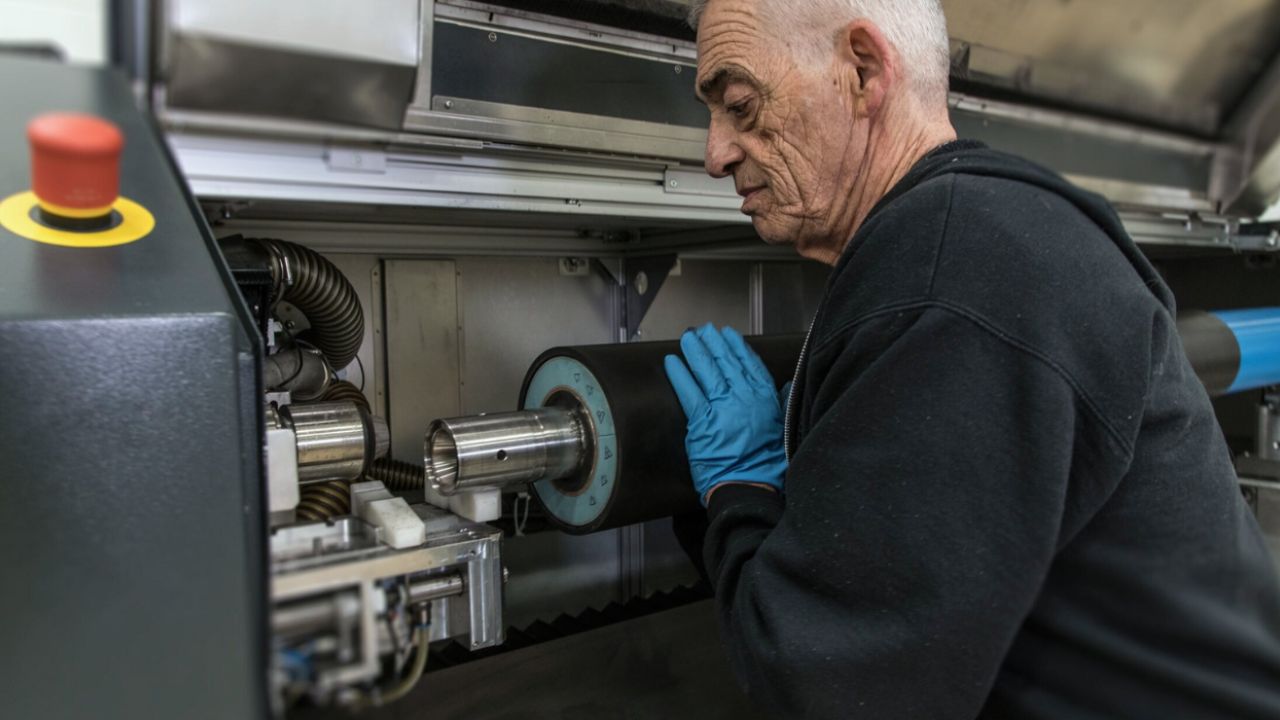As technology continues to advance at a fast pace, especially in the print technology industry, there has been enhancement of engraving machinery as a result of the need to produce high-quality flexographic plates. They are very important in improving the accuracy of the flexo plate making hence improving the quality and speed of the printing. Today, as the industry advances in technology, the engraving machines of the present are at the forefront of changing the flexographic printing industry.
New-age technologies
Contemporary engraving machines for flexo plate making are incorporated with various advanced features to ensure they can withstand the challenging operating environment in the current printing industry. Key advancements include:
- High Resolution and Precision: In today’s engraving technology, high resolutions are achieved and this makes it possible to produce fine and accurate flexographic plates. These machines employ the best laser and digital engraving systems to produce the best image quality and definition.
- Automated Processes: Automation has massively impacted engraving in a way that has minimized the amount of work done by the human hand. Procedures like plate alignment, exposure, and development are made easier and are always efficient through automation.
- Enhanced Speed and Efficiency: Today’s engraving machines are designed to be fast and effective to meet the needs of flexo companies that need the plates within a short time. This increased throughput is crucial in cases where one needs to meet strict production schedules and in instances where one needs to produce large quantities of prints.
- Flexible Plate Handling: More complex machines are capable of accommodating a wide range of plates, and substrate types, which gives more versatility in the range of applications. This flexibility is important to be able to fit the range of services offered to the clients and to manage the production processes.
Flexo Plate Quality Improvement
The advancement in engraving technology in a way affects the quality of flexographic plates in the following manner. Higher resolution and accuracy lead to better definition and accuracy of images and help in getting better images on subsequent plates through automation. Also, increased speed and efficiency cuts down on the time taken to make products hence cutting down on the time taken to serve clients. The versatility of engraving machines is also supported by the possibility of working with various sizes and types of plates, which allows printers to adjust to the projects’ needs. Thus, the businesses can expand the choice of print solutions they provide, and remain relevant in the given market.
Trends in the development of machines for engraving
It is for this reason that the future of engraving machines for flexo plate making is expected to experience further advancement. Such trends as the incorporation of artificial intelligence and machine learning are considered to be developing since they help increase the level of accuracy and automation. Other areas such as materials science can also enhance the new plate substrates and coatings for better performance and durability. Also, the future emphasis on sustainability will create incentives for developing new engraving technologies that will minimize waste and energy use. While the industry pursues these trends, engraving machines will continue to be a more significant factor in the development of flexographic printing.
Conclusion
High-tech engraving machines are now available for flexographic plate making and these are far more precise, efficient, and flexible. These machines will continue to remain the technology pioneers in the printing segment ensuring that there is improvement in the quality of plates as well as the rates of production. Adopting these improvements is crucial for organizations that wish to remain relevant and provide the highest quality of printed work in a constantly changing environment.


